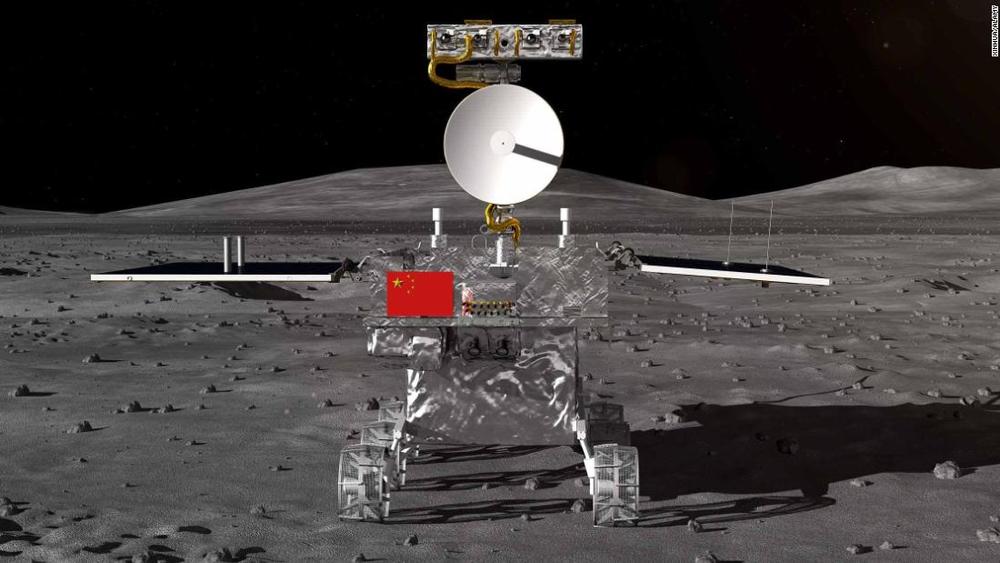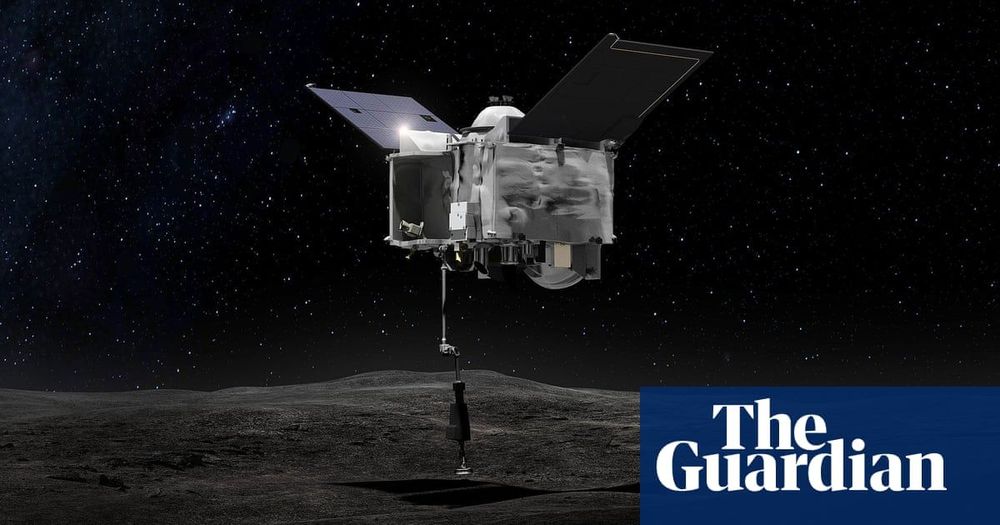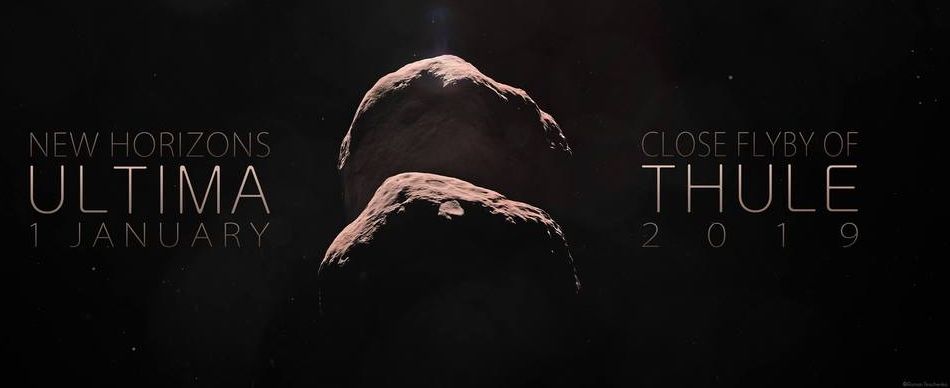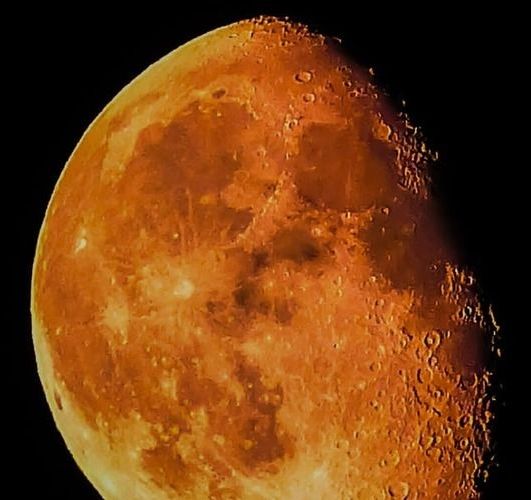The lander-rover combo touched down where no human or robot has ventured before. Find out what it’s doing there, and what else is headed for the lunar surface.



China has become the first nation in history to land a spacecraft on the far side of the moon, state media announced on Thursday.
Thursday’s official televised announcement that the probe had landed came approximately an hour after state media outlets China Daily and China Global Television Network (CGTN) deleted posts on social media proclaiming the mission a success, sparking widespread confusion as to whether the probe had in fact had made touchdown.
No explanation was given as to why the earlier tweets were deleted. On social media, observers speculated as to the cause of the apparent backtracking, with many wondering if the mission had experienced a temporary upset, or whether it was a simple case of state media jumping the gun ahead of the official announcement.
China’s last lunar rover — named Yutu, or Jade Rabbit — ceased operation in August 2016 after 972 days of service on the moon’s surface as part of the Chang’e 3 mission. China was only the third nation to carry out a lunar landing, after the United States and Russia.

The Cray-1 supercomputer, the world’s fastest back in the 1970s, does not look like a supercomputer. It looks like a mod version of that carnival ride The Round Up, the one where you stand, strapped in, as it dizzies you up. It’s surrounded by a padded bench that conceals its power supplies, like a cake donut, if the hole was capable of providing insights about nuclear weapons.
After Seymour Cray first built this computer, he gave Los Alamos National Laboratory a six-month free trial. But during that half-year, a funny thing happened: The computer experienced 152 unattributable memory errors. Later, researchers would learn that cosmic-ray neutrons can slam into processor parts, corrupting their data. The higher you are, and the bigger your computers, the more significant a problem this is. And Los Alamos—7,300 feet up and home to some of the world’s swankiest processors—is a prime target.
The world has changed a lot since then, and so have computers. But space has not. And so Los Alamos has had to adapt—having its engineers account for space particles in its hard- and software. “This is not really a problem we’re having,” explains Nathan DeBardeleben of the High Performance Computing Design group. “It’s a problem we’re keeping at bay.”


So when you look up, remember you aren’t seeing things as they are now; you’re seeing things as they were.
Without really trying, you can see years into the past. And with the aid of a telescope you can see millions or even billions of years into the past with your very own eyes. – The Conversation | Rappler.com
The Conversation

Join them live at 8 p.m. EST as they talk about this icy world located ~1 billion miles past Pluto and how it will give us insight into the early solar system. Watch: https://www.nasa.gov/nasalive
Astronomy Calendar For 2019 \xF0\x9F\x94 🌠


NASA’s New Horizons probe is racing toward the most distant space object ever explored, 4.1 billion miles from Earth.
